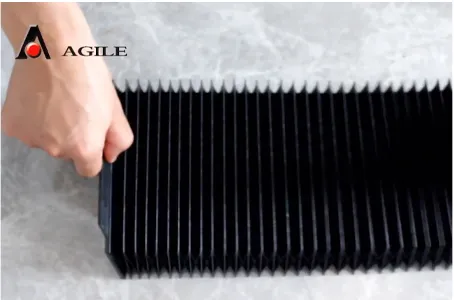synchro belt
Understanding the Importance of Synchro Belts in Modern Machinery
In the realm of mechanical engineering and machinery design, synchro belts play a crucial role in ensuring efficient power transmission. Often referred to as synchronous belts or timing belts, these components are characterized by their toothed design, which allows for precise engagement with designated gears or pulleys. The primary function of a synchro belt is to transmit rotational motion in a consistent and reliable manner, making it indispensable in a variety of applications across industries.
One of the most significant advantages of synchro belts is their ability to maintain precise timing between the input and output shafts. Unlike traditional V-belts, which can slip and lead to varied rotational speeds, synchro belts engage with the pulleys through their teeth, providing a direct drive mechanism. This ensures that the movements of the associated components are perfectly synchronized, which is especially critical in applications such as automotive engines, where the camshaft and crankshaft must operate in unison for optimal performance.
Moreover, synchro belts contribute to increased efficiency and durability
. They are generally made from high-strength materials such as neoprene, polyurethane, or rubber, often reinforced with polyester or fiberglass. This combination of materials not only enables synchro belts to withstand higher loads but also extends their lifespan compared to traditional belt systems. The reduction in slippage means less energy is wasted, leading to lower operational costs and increased productivity.synchro belt

In addition, the flexibility in design allows for a wide range of applications. Synchro belts can be engineered in various widths, lengths, and tooth profiles to suit specific machinery requirements. From industrial robotics to printing machines and conveyor systems, synchro belts are adaptable components that enhance the performance of diverse machinery. The ability to customize these belts ensures that manufacturers can achieve optimal efficiency tailored to their specific operational needs.
Maintenance of synchro belts is relatively straightforward, which adds to their appeal in industrial settings. Regular inspection for wear and proper tensioning can significantly prolong their service life. This ease of maintenance reduces downtime and the costs associated with repairs and replacements, which is a critical consideration for any business aiming to maximize productivity.
As technology continues to advance, the development of synchro belts is also evolving. Innovations such as improved material composites and advanced manufacturing techniques are resulting in even stronger and more efficient belts. This ongoing enhancement solidifies their position as a vital component in modern machinery.
In conclusion, synchro belts are essential for efficient power transmission in a multitude of applications. Their precision, durability, and adaptability make them a preferred choice for engineers and manufacturers worldwide. As industries continue to seek greater efficiency and performance, the importance of synchro belts will only increase, underscoring their role as a cornerstone of modern mechanical design.








